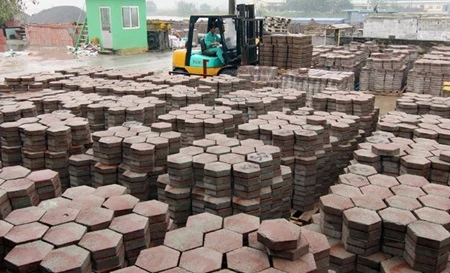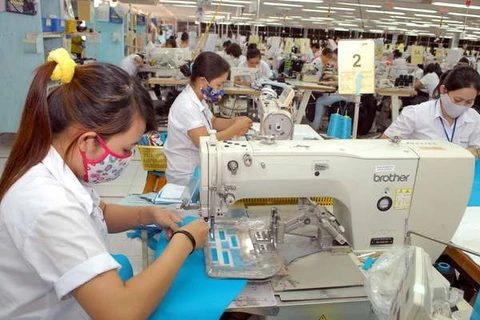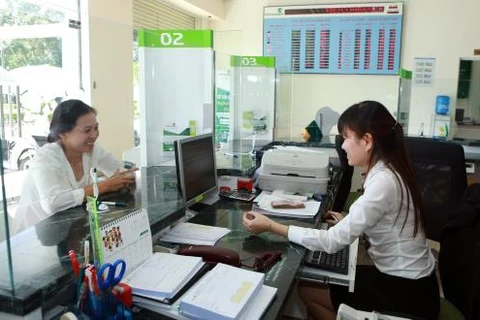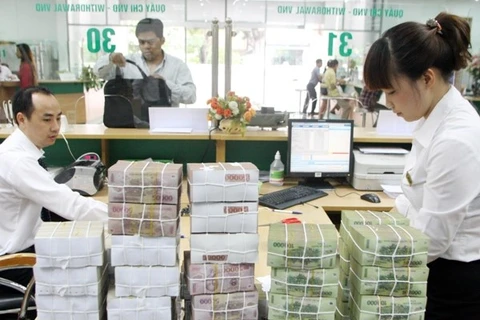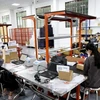In the context of fiercer competition as a result of open-door policies in many countries, businesses, especially small-and medium-sized enterprises (SMEs), should build their own markets apart from selling what the market demands.
Vo Tri Thanh, Deputy Director of the Central Institute for Economic Management (CIEM), made the recommendations at a seminar on October 9 as part of a business festival in Ho Chi Minh City.
Regarding opportunities offered to SMEs, he said globalisation and regionalisation via free trade agreements will increase the inflows of goods, services, capital, skilled labourers, technology and information on a larger scale.
Southeast Asia is a dynamic region with huge potential to develop goods and services, Thanh noted.
Nguyen Phuong Dong, Deputy Director of the municipal Department of Industry and Trade, stressed the need for SMEs to maximise their efforts and affirm their role as pioneers in improving the competitive edge of made-in-Vietnam commodities and boosting exports.
Victoria Kwakwa, the World Bank’s Country Director in Vietnam, suggested SMEs market products favoured by consumers with reasonable prices.
Enterprises should focus on innovations to keep their traditional customers and lure new ones while focusing on exploring the actual demands of the market instead of being concerned about their rivals, she said.
Cooperation will help them grasp more knowledge and experience to churn out high-quality products more quickly, she recommended.
The festival, which drew hundreds of businesses from cities and provinces in the southern region, featured a range of activities, including a 60-booth exhibition, aiming to help the businesses exchange and update information on Vietnam’s integration.-VNA


